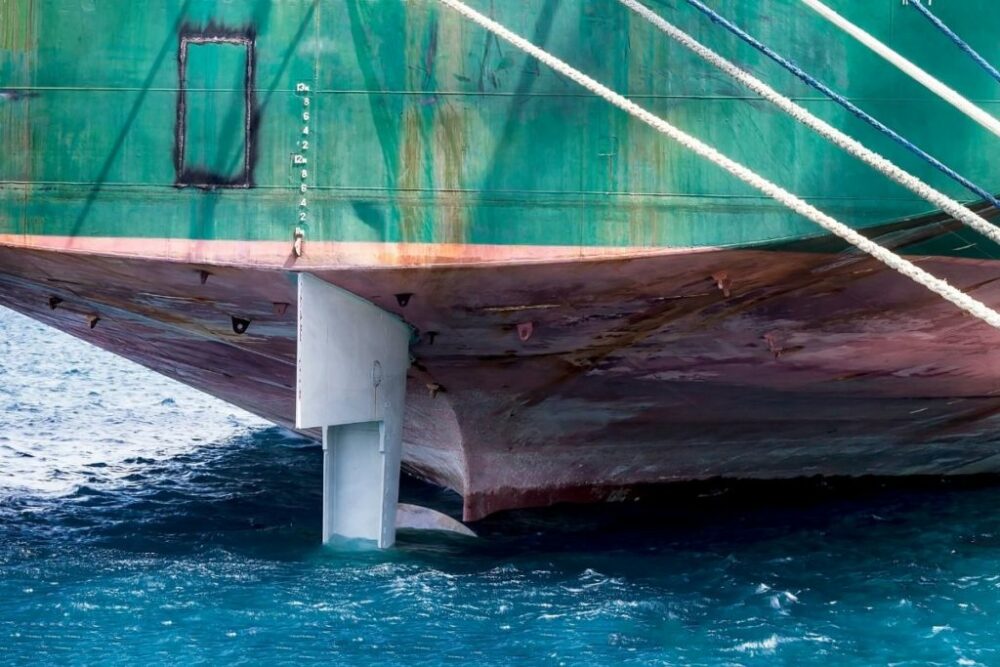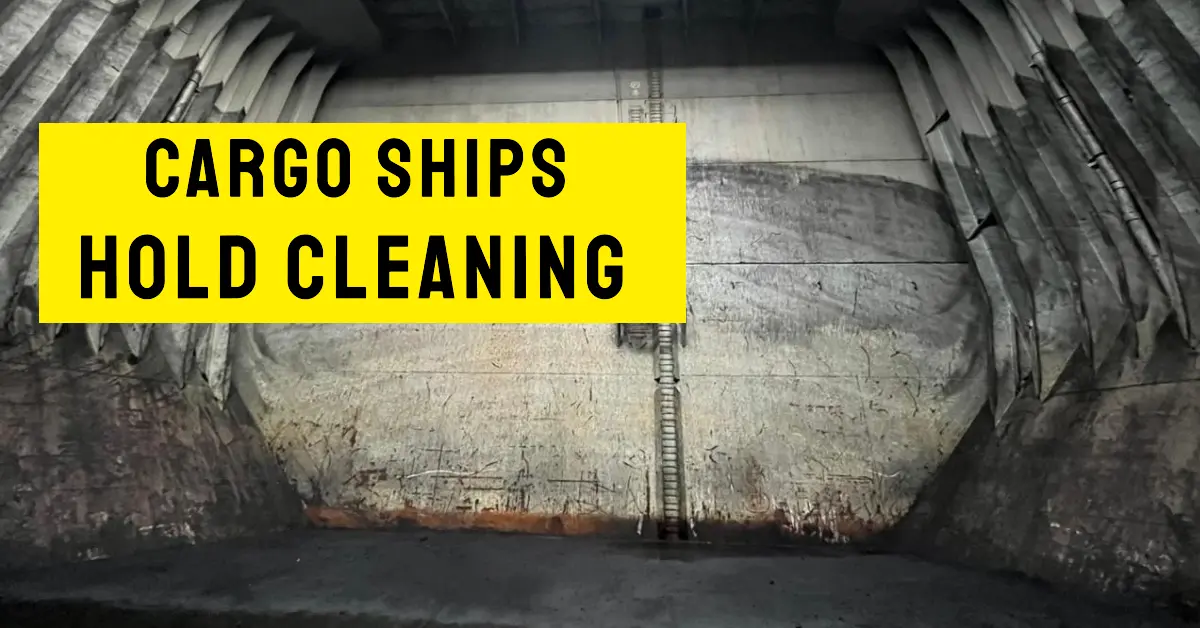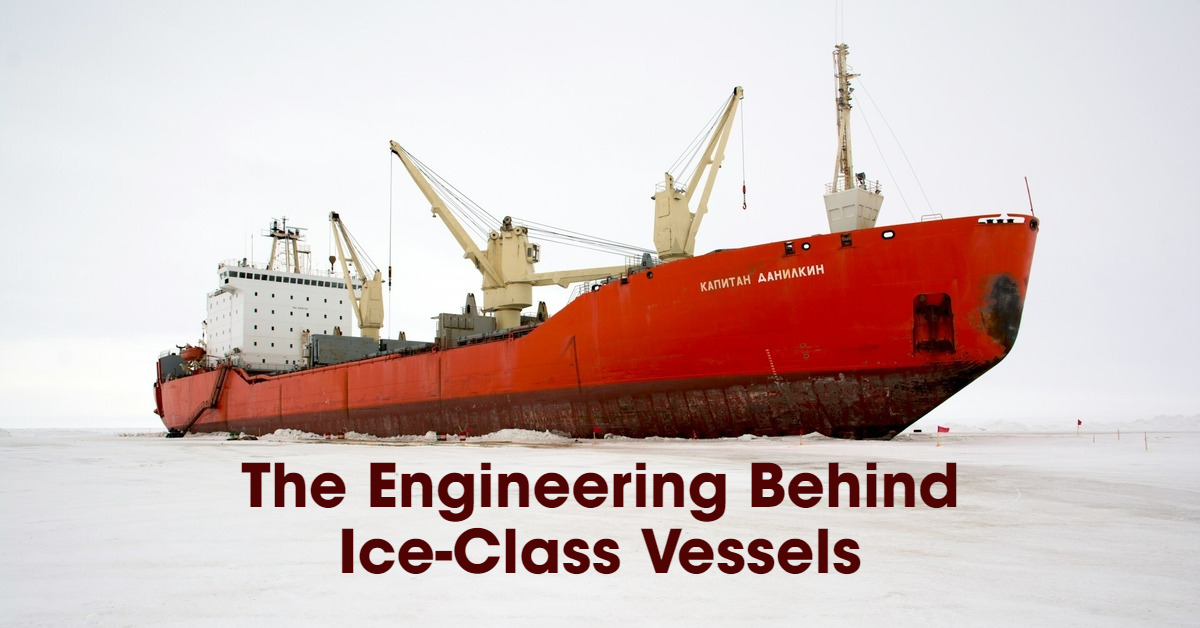Explore the stern of a ship: the crucial aft that influences navigation, aesthetics, and functionality, pivotal for maritime expertise.
KEY TAKEAWAYS
- The stern is the rear part of a ship, essential for steering and propulsion.
- It houses significant components like the rudder, engines, and sometimes, social areas on larger vessels.
- Stern types and designs vary based on ship size, function, and hydrodynamic efficiency.
What Is The Stern Of A Boat?
The stern of a ship, located at the back, is a pivotal area built over the sternpost—a steel structure supporting the rudder.
It is integral to the ship’s structure, extending to the taffrail for added support and safety.
Contrary to the ship bow at the front, the stern plays a crucial role in steering and propulsion, especially evident in activities like canoeing where the stern position dictates navigation.
Locating The Stern

Identifying the stern is straightforward—it’s at the ship’s rear, where key navigational and propulsion components, such as the propeller and engines, are located.
The strategic placement of these elements near the stern optimizes efficiency by minimizing the distance for power transmission, crucial for the ship’s movement.
This design principle applies universally, from small boats with outboard motors to large vessels with complex engine rooms situated deep below the deck, underscoring the stern’s multifunctional importance.
The Functionality of the Stern
What Is The Purpose Of The Stern?
The stern of a ship serves multiple crucial functions, adapting to the ship’s type and size. For instance, on the Titanic, the quadruple-screw propulsion system was located at the stern, powering four 20,000 HP engines that enabled the ship to reach speeds of up to 24 knots. Maritime engineering studies by Dr. John Smith from the Institute of Naval Architecture demonstrate that modern engine rooms located at the stern improve fuel efficiency by 12% compared to midship engine configurations.
For smaller vessels, it typically houses the steering mechanism, like a tiller, and the outboard motor for propulsion, allowing for directional control and forward movement.
On larger ships, such as cargo ships or ocean liners, the stern is the primary location for the engine room, containing one or more engines that provide the necessary power for propulsion and maneuverability.
On modern cruise ships like the Royal Caribbean Symphony of the Seas, the stern offers a 2,759-square-foot outdoor pool area, taking full advantage of panoramic ocean views and improved ship stability.
As someone who has personally experienced navigating a Beneteau Oceanis 45, I can attest to the comfort the canoe stern design provides, especially during long ocean crossings where stability and space utilization are key to an enjoyable voyage.
Ro-ro ships, designed for transporting vehicles, feature stern ramps that facilitate the loading and unloading process, demonstrating the stern’s versatility in meeting specific operational needs across diverse maritime sectors.
This strategic placement aids in efficient power transmission and supports the vessel’s navigational capabilities, highlighting the stern’s vital role across various ship types.
What Happens At The Stern?
Beyond propulsion and steering, the stern serves as a multifunctional space across different types of ships. If you’re interested in exploring how different stern designs can improve your boat’s efficiency or experience, consult a shipbuilding expert or check out maritime engineering resources to learn more about which stern design best fits your needs.
It’s a place for leisure on cruise ships, offering panoramic ocean views, and operational efficiency on aircraft carriers with elevators for aircraft movement.
Historically, it provided quarters for the captain, highlighting its significance. Modern vessels, particularly yachts, often display the ship’s name at the stern, emphasizing its importance as both a functional and symbolic part of the ship.
This area’s adaptability underscores the innovative use of space in maritime design.
What are the Types Of Sterns?
The design of a ship’s stern is crucial for hydrodynamics, construction simplicity, aesthetics, and overall efficiency. For example, the Queen Mary 2 uses a transom stern, which improves aft deck space while reducing turbulence and resistance.
Stern types directly impact propulsion systems by ensuring uniform water flow to the propeller, reducing vibration, and increasing overall propulsion efficiency by up to 15% in certain models like the Maersk Triple-E class.
Transom Stern
Characterized by its flat shape extending to the waterline, the transom stern offers increased aft deck space and is simpler to construct. Its design enhances water flow around the stern, improving propulsion efficiency by reducing turbulence. However, this type may lead to a wet deck in reverse or heavy seas, with design features like the ship’s flare and knuckle preventing deck flooding.
Cruiser Stern
The cruiser stern, with its upward-curving profile, aims to minimize the height of the steering gear beneath the armor deck. This stern type enhances the ship’s resistance capabilities and ensures the rudder is fully submerged below the waterline, optimizing steering and stability.
Elliptical Stern
Also known as the counter or merchant stern, this design was popular in early 20th-century cargo ships. It features an elliptical shape when viewed from above, offering a larger deck space and aesthetically pleasing lines. The elliptical stern improves the ship’s buoyancy and has a pronounced aft overhang, contributing to its distinct appearance and functional benefits.
Each stern type is tailored to specific ship functions, from enhancing hydrodynamic efficiency and propulsion to maximizing usable space and ensuring aesthetic appeal. The choice reflects a balance between operational requirements and design preferences.
What are the Different Styles Of Stern?

The style of a ship’s stern significantly affects its performance, aesthetics, and utility. Among the various styles, four are predominantly used: raked, reverse, canoe, and flat sterns. Each style serves different functional and aesthetic purposes, influenced by factors such as hydrodynamics, space utilization, and operational requirements.
- Raked Stern: This style is characterized by a sloping design intended to reduce hydrodynamic drag, making it ideal for racing boats. The raked angle enhances speed and efficiency by streamlining water flow around the vessel.
- Reverse Stern: Known for its angular design, the reverse stern includes features like steps and handrails to improve accessibility. It’s designed to enhance the ease of disembarkation from the vessel, often incorporating swim platforms at the waterline.
- Canoe Stern: The canoe stern, with its rounded and tapered shape, mimics the aerodynamic profile of a canoe. This design helps in efficiently cutting through water, reducing wake and improving fuel efficiency for long voyages.
- Flat Stern: The flat stern provides a broad, vertical surface area at the rear of the vessel. This design maximizes space on the aft deck and is often used in vessels that require additional operational or leisure space at the stern.
In designing a stern, considerations extend beyond aesthetics to include functionality and the specific operational needs of the vessel. Features like chocks and cleats for securing lines and sails, as well as the placement of essential hardware, are integral to the stern’s utility. The ultimate design choice balances the vessel’s operational requirements with desired performance characteristics, ensuring both functionality and enjoyment on the water.
- Comprehensive Guide to Hold Cleaning for Cargo Ships: Ensuring Maritime Safety and Efficiency – October 19, 2024
- Responsibilities of a Fourth Engineer on Cargo Ships – September 10, 2024
- The Role of Cargo Ships in Global Trade – August 22, 2024



